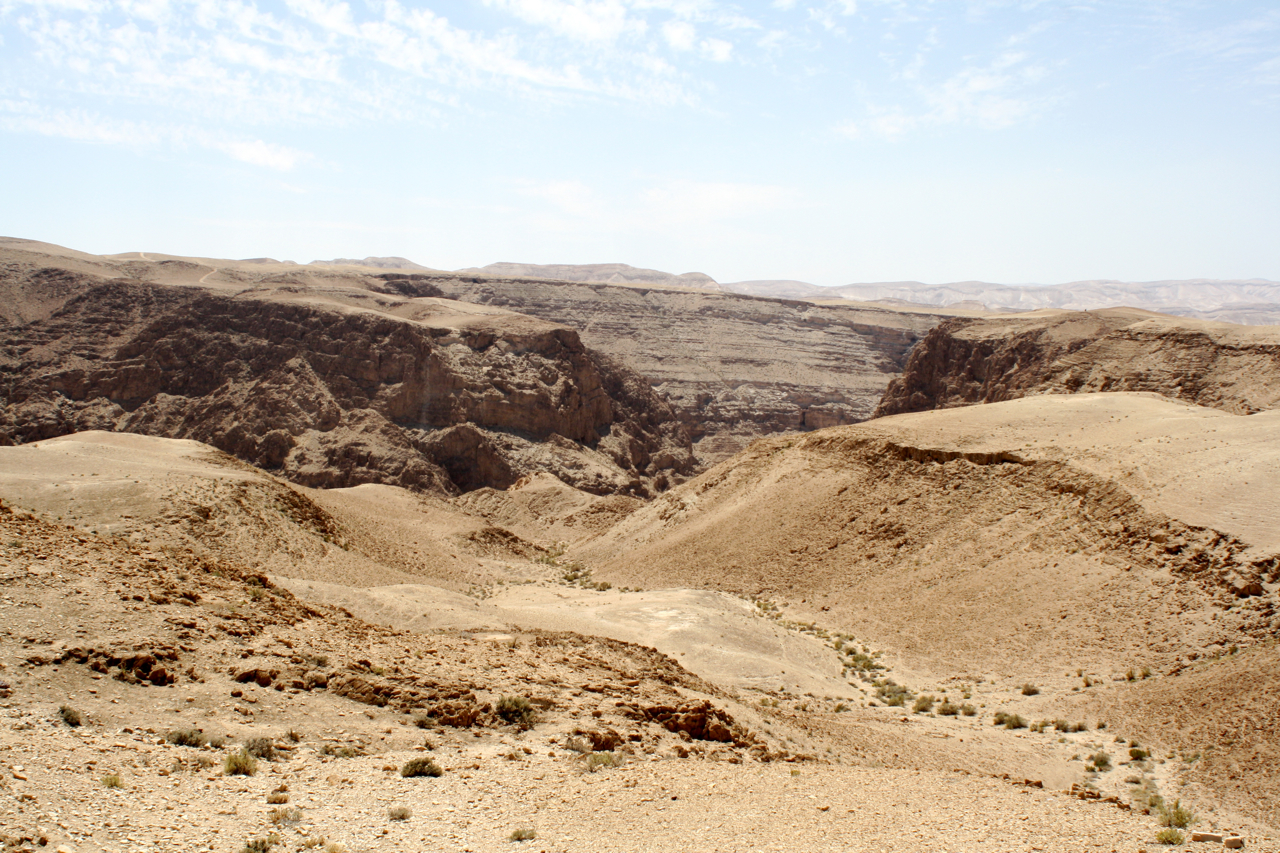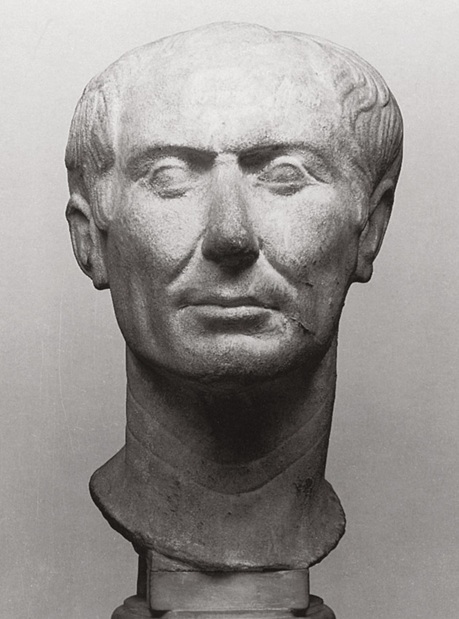
Seven days you shall eat unleavened bread; on the very first day you shall remove leaven from your houses, for whoever eats leavened bread from the first day to the seventh day, that person shall be cut off from Israel. (Exodus 12:15)
The centerpiece of Passover observance is that all forms of leavened bread – yeasted food made from the grains of wheat, oats, rye, spelt and barley – are to be removed from Jewish possession, consumption and enjoyment. Because of the biblical restriction even the minutest amount of leavened bread cannot be consumed or owned by Jews on Passover. Over the centuries this prohibition has been enforced intensively and great care is taken not to allow even a doubtful situation regarding leavened bread to arise in the Jewish kitchen or home.
Yet as technology relating to the production and milling of flour, the baking of matzot and the production of special food products for Passover has advanced and changed, numerous issues have risen in Jewish history and life regarding this constantly advancing technology.
The invention of the steam engine in the eighteenth century changed the process of milling wheat into flour. In Europe until then, milling was accomplished through the use of water driven power (flowing rivers, waterfalls and the like) or the harnessing of animals to the circular mill stones. In this respect, milling flour had not undergone a change in methodology for millennia. One can see the remaining relics of such mills today in the Land of Israel at all of its archeological sites. This is how wheat and other grain (barley, spelt, rye and oats) for matzo production was milled to produce the flour necessary to bake matzot for Passover. Under these primitive conditions there never was any likelihood that the flour or grain would itself become damp and wet during the milling process and raise a question of it becoming leavened bread (the flour or grain fermenting before baking which is forbidden for Passover production or consumption) before being actually baked as matzot.

The invention of steam driven power changed this situation. Flour mills now began to be driven by steam power and the steam upon cooling turned into droplets of water which if they fell somehow into the grain or flour being milled could raise the problem of leavened bread. Therefore the question arose how to treat these new mills that used steam power as far as the flour that they produced – should that flour be used for baking matzot for Passover? Almost every technological advance and new invention in the long history of civilization had become an issue of Jewish law and halacha as well. This is no less true in our time when the advances in the fields of computer science, medical technology and a digital virtual world have raised issues in Jewish law regarding a host of laws and rituals.
Usually it takes a generation or two to sort out the matters at hand and arrive at an acceptable halachic consensus.
In all societies the law lags behind the technological advances of that society. That is no less true in Jewish society as well. Thus this issue of the steam driven mills took almost a century to be resolved. From the onset of the matter there were important rabbinic decisors who forbade the use of flour produced in such mills for the baking of Passover matzot and equally as important and prestigious rabbinic decisors who permitted that flour for such use without hesitation.
The issue has been resolved over time allowing the use of such steam powered mills for the production of Passover matzo flour.
This is an example of how technology, far from a threat to Judaism, benefits religious observance and strengthens the popularization of its values amongst Jews. I feel that this is an important lesson for our current Jewish world as well.











